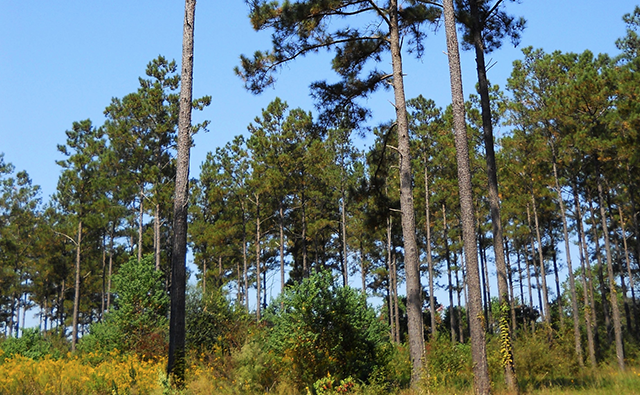R&D
What’s New Production Processes and Applications of Farnesene

R&D

Farnesene (Farnesene, C15H24) is an acyclic sesquiterpene with important value in the fields of medicine, cosmetics and bioenergy.
Despite farnesene’s relatively lower content in plants, major production still relies on plants, which makes it difficult for mass producing and introducing to the chemical market. The fermentation method for producing farnesene cannot be affected by season, location, and weather, plus the advantages of easy acquisition of raw materials, shorter production cycle, lower cost, controllable product quality, improved safety, and less impact on environment. Making the fermentation method the best way for acquiring the farnesene. There is a presentation by Amyris Inc. to introduces the production process of farnesene.
In the field of medicine, farnesene is an important precursor for synthesis of vitamin E. As an intermediate to produce vitamin E side chains (isophytol), it brings innovative changes to the production process of vitamin E (the synthesis process of side chain isophytol is shortened from 11 steps to 3 steps). Among the Chinese vitamin E manufacturers, most of them still adopts pure chemical synthesis.
Farnesene has properties such as low hygroscopicity and high-energy-density, so its derivatives are important source of bioenergy.
In agriculture, farnesene is the main aphid alarm pheromone and can be used in the creation of new pesticides.
Farnesene can be used in the synthesis of squalene and transformation of Saccharomyces cerevisiae strains as well.
Other application of Farnesene is in tire industry for improving performance of rubber and can prevent rubber from hardening.